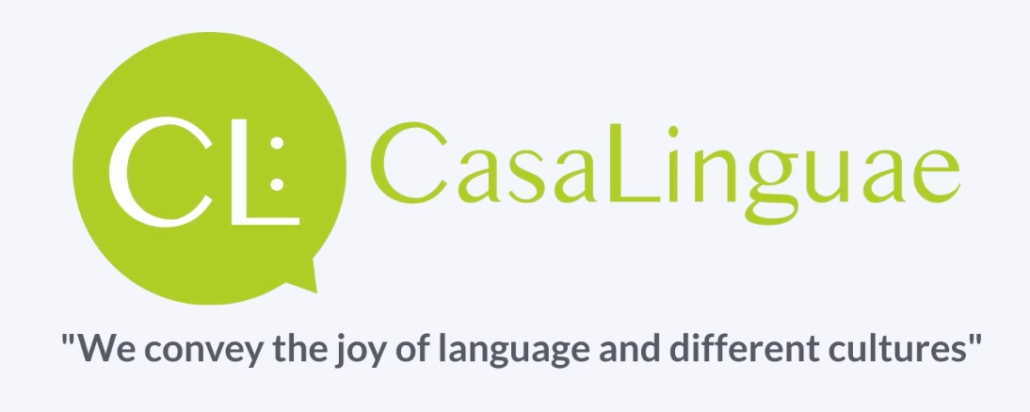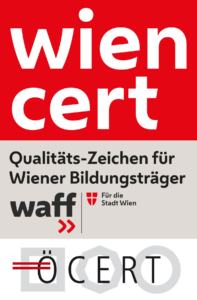The levels of the CEFR
The basic levels are:
A: Elementary language use
B: Independent language use
C: Competent use of language
These are further divided into a total of 6 language levels:
A1 – Beginner
The beginner can understand and use familiar everyday expressions and very basic phrases aimed at the satisfaction of needs of a concrete type. Can introduce him/herself and others and can ask and answer questions about personal details such as where he/she lives, people he/she knows and things he/she has. Can interact in a simple way provided the other person talks slowly and clearly and is prepared to help.
A2 – Basic knowledge
Basic knowledge means understanding sentences and frequently used expressions related to areas of most immediate relevance (e.g. personal and family information, shopping, work, local area). You can communicate in simple, routine situations involving a simple and direct exchange of information on familiar and routine matters. The learner can describe in simple terms his/her own background and education, immediate environment and things related to immediate needs.
B1 – Advanced language use
The learner can understand the main points when clear standard language is used and when familiar matters from work, school, leisure time, etc. are involved. He/she can deal with most situations encountered when travelling in the language area. Can produce simple connected text on familiar matters and areas of personal interest. Can describe experiences and events, dreams, hopes and ambitions and briefly give reasons and explanations for opinions and plans.
B2 – Independent use of language
At B2 level the learner can understand the main ideas of complex texts on both concrete and abstract topics, including technical discussions in his/her field of specialisation. Can interact with a degree of fluency and spontaneity that makes regular interaction with native speakers quite possible without strain for either party. In addition, he or she can express himself or herself clearly and in detail on a wide range of subjects, explain a viewpoint on a topical issue and indicate the advantages and disadvantages of various options.
C1 – Proficient language skills
The C1 level includes a wide range of demanding, longer texts and the learner can grasp implicit meanings. He or she can express him or herself spontaneously and fluently without much obvious searching for words. In addition, he or she can use the language effectively and flexibly in social and professional life or in training and study. He or she can express himself or herself clearly, in a structured and detailed manner on complex subjects, making appropriate use of various means of linking texts.
C2 – Approximate mother tongue skills
At this level he or she can easily understand virtually everything he or she reads or hears. The learner can summarise information from different spoken and written sources, reconstructing arguments and explanations in a coherent presentation. The aim is to be able to express him/herself spontaneously, very fluently and precisely, and to be able to express finer shades of meaning even in more complex situations.








